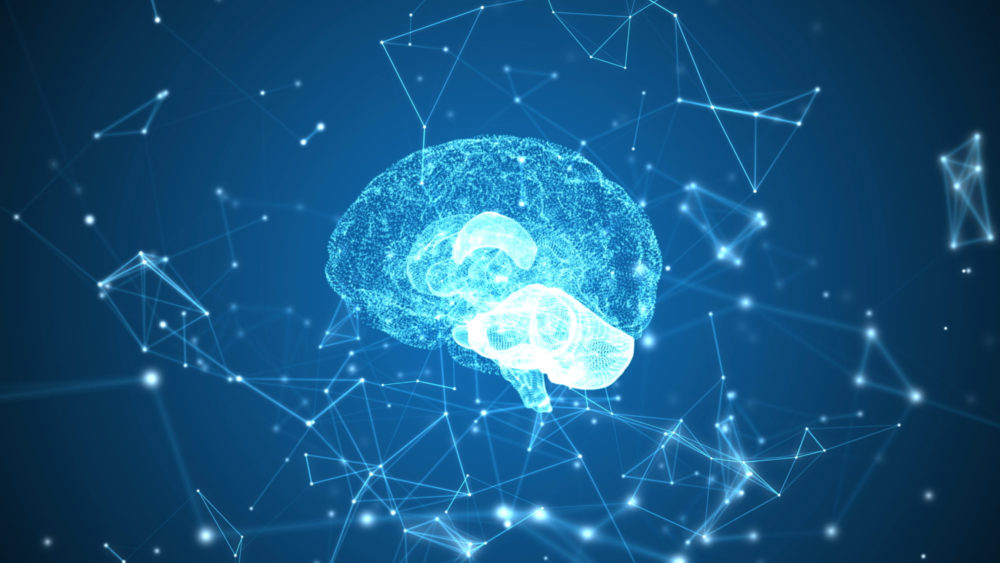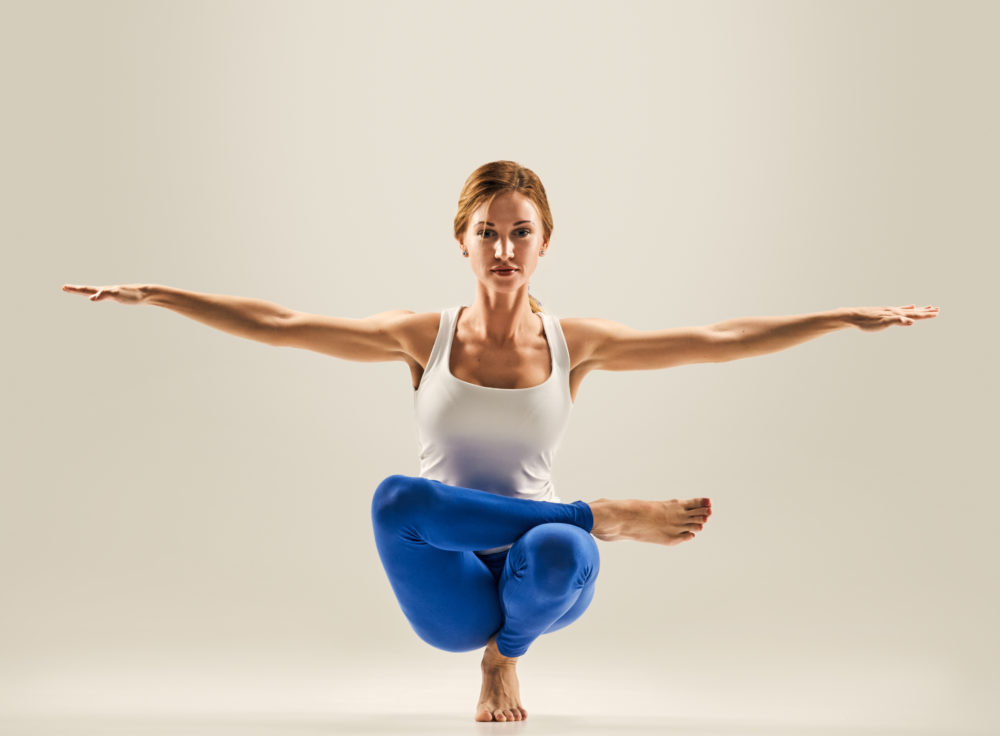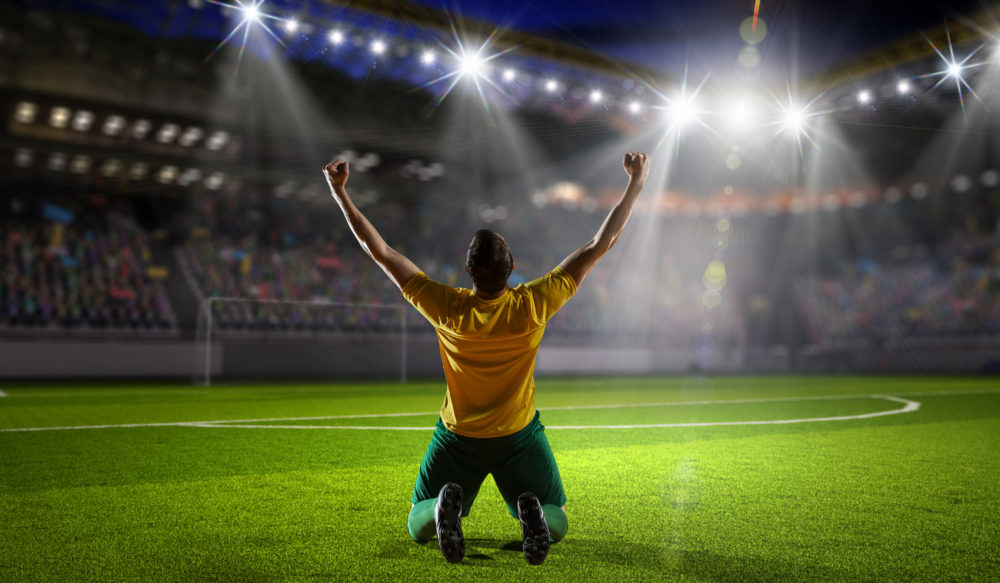The Body’s Ability To Move Proprioception is a sensation perceived by the sensory cortex of where your body is in space. Proprioception refers to the body’s ability to sense movement within joints and joint position. This ability enables us to know where our limbs are in space without having to look at them; it is inherent…


‘Walk the Walk’ with Gait Analysis
Bipedal gait, or upright walking is the most common functional movement that we perform as human beings. The human body was designed to move athletically on two feet with upright postural design. We were designed to walk upright, to run fast, and to navigate our environment on two feet. If your patients present with postural…

Pain Is In The Brain
Pain is a conscious experience, crucial for survival. Pain is perceived in the brain, not in your body. Understanding that the perception of pain in the brain and segmental dysfunction are not necessarily related, is an important clinical distinction. Pain is perceived in the brain, not your body. “We have traveled a long way from…

How to Create Neuroplastic Changes of the Posture System
What is Neuroplasticity? Neuroplasticity refers to the brain’s ability to restructure itself after training or practice. Our brains are dynamic; they can reorganize by forming new neural connections throughout our lives. Neuroplasticity allows the neurons in the brain to compensate for injury and disease and to adjust their activities in response to new situations or to…

3 Ways To Improve Postural Balance
Postural Balance Defined Posture is characterized as ideal body mass distribution of the patient upright in relation to the force of gravity. Postural control is defined as the act of maintaining, achieving or restoring a state of balance during any posture or activity. Postural control strategies may be either predictive or reactive, and may involve…

Movement Science: Human Neurology in Motion
The Posture System was designed to move. The human body in motion is a synchronicity of human anatomy moving under the control of the central nervous system. The nervous system commands voluntary movement patterns while simultaneously stabilizing the body upright against gravity. When human beings move with coordinated movement patterns, they are able to accomplish…

The All Time Worst Airport Postures (and what to do instead)
Airports are a scary place for posture. The next time you have a flight, please look up from your smartphone and notice the postures around you. This is a seriously eye opening experience. It all begins with the security line. People are standing with their bags that weigh more than they do. They maintain awkward…

Tech Neck Torment
Are you reading this on your smartphone? Chances are you were browsing social media, came across this post, clicked on it, and are looking down at your cell phone right now. And why wouldn’t you, you basically have a computer in your pocket. Our access to information is unprecedented on mobile devices. And although I’m…

4 Posture Stretches to Prevent Back Pain
If you are seated all day, these stretches are for you. If you have back pain, these stretches are for you. And if you have noticed that it’s hard to sit up straight for more than 20 minutes at a time, these stretches are for you! Whether your goal is to prevent back pain, gain…

Athletes and Postural Correction: The Winning Combination
Athletes understand the importance of postural correction to optimize peak athletic performance. Proper postural design for athletes is no game; it is the winning edge. The athletes who cut corners or skip workouts fall short in the 4th quarter when the heat is on. The athletes who play full out every day but neglect the…
- « Previous Page
- 1
- 2
- 3
- 4
- 5
- …
- 10
- Next Page »